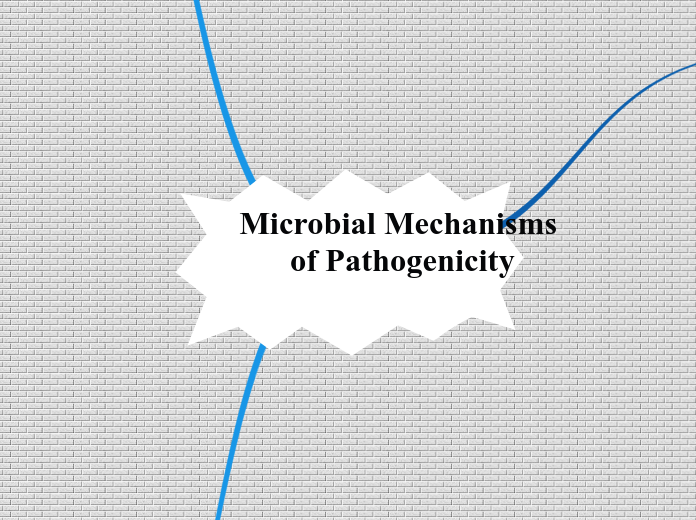Microbial Mechanisms of Pathogenicity
How microorganisms enter & exit a host
Portals of Entry
Mucous membranes
gastrointestinal tract
respiratory tract
Skin
sweat gland ducts
hair follicles
Parenteral route
wounds
njections
The Preferred Portal of Entry
Salmonella typhi
swallowed
Streptococci
inhaled
Bacillus anthracis
multiple portal of entry
Subtopic
Numbers of Invading Microbes
LD50
ID50
Adherence
Glycocalyx
Streptococcus mutans
Fimbriae
Escherichia coli
M protein
Streptococcus pyogenes
Portals of Exit (the same as the portals of entry for a given microbe )
How Pathogens Damage Host Cells
Using the Host’s Nutrients
siderophores
receptors
Direct Damage
Disrupt host cell function
Produce waste products
Endotoxins
cytokines
Exotoxins
A-B toxins
A-part (enzyme)
B-part (the binding)
membrane-disrupting toxins
lysis the host cells
Making protein channels
Disrupting phospholipid bilayer
superantigens
How Pathogens Penetrate Host Defenses
Capsules
Bacillus anthracis
Streptococcus pneumoniae
Haemophilus influenzae
Cell Wall Components
M protein
Opa-protein
Mycolic acid
Enzymes
Coagulase
Kinases
Hyaluronidase
IgA proteases
The production of toxins
Toxigenicity
Toxemia
Toxoid
Antitoxin
Actin in cytoskeleton
To penetrate
To move
Antigenic Variation
Antigens
Antibodies
